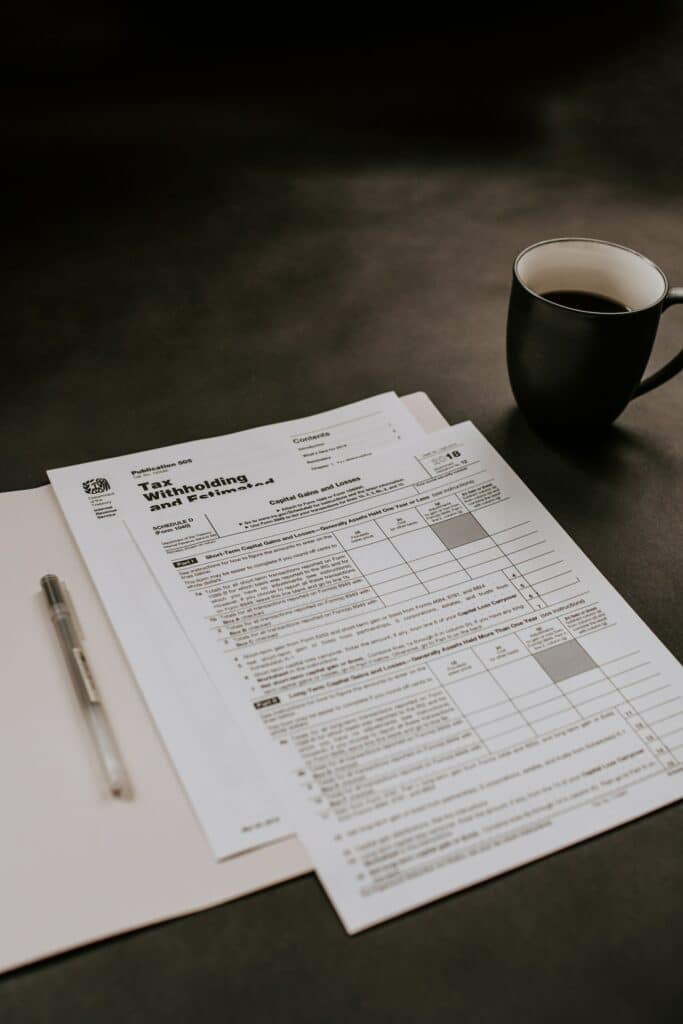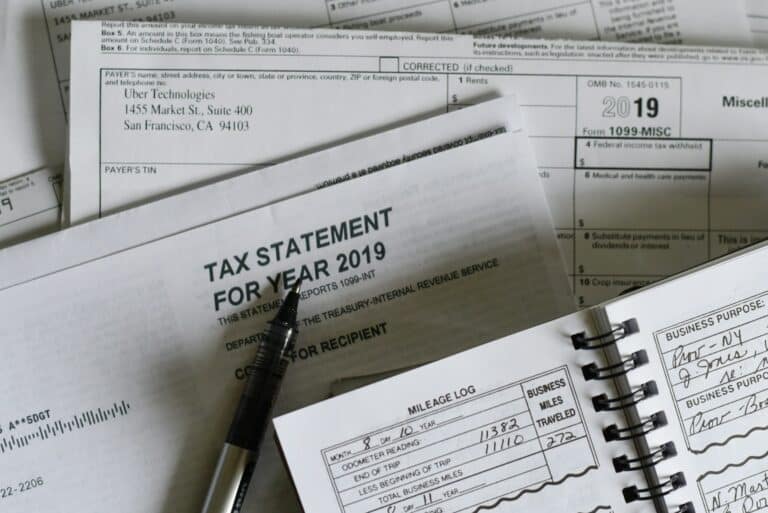Even if you get your income from non-employment sources, you’re not exempted from making your taxes. The Internal Revenue Service (IRS) requires you to file your tax return through 1099 Forms. They’re a collection of tax forms that help keep track of your income that’s not reported on your salary, wages, or W-2.
The entity that paid your income will typically send you the form. So, it’s your responsibility to file it to stay tax-compliant. Keep in mind that the IRS compares the information on your 1099s, W-2s, and other tax returns, so you must report the correct data to prevent getting penalties.
If you have no idea how 1099 Forms work, below are five things you need to know to help you navigate their filing process.

1. Types of 1099 Forms
There are different types of 1099 Forms depending on the type of income. To help you file the right one, below is a quick breakdown of a few of them:
- 1099-MISC – Miscellaneous income, including freelance or contract work.
- 1099-INT – Interest income earned on investments.
- 1099-DIV – Dividend income received from investments.
- 1099-B – Proceeds from broker and barter exchange transactions.
- 1099-R – Distributions from pensions, annuities, or retirement plans.
- 1099-G – Certain government payments, such as unemployment compensation.
2. Reporting Threshold
It’s important to remember that not all payments or income require a 1099 Form. Each type of 1099 has specific payment thresholds. If the total payments made to you are below the threshold, you won’t need to file a 1099 Form, but it’s still best to practice accurate record-keeping to maintain organized finances. Some examples of payment thresholds are:
- The 1099-MISC requires reporting if you’re an independent contractor who gets paid more than $600 throughout the year.
- The 1099-INT requires reporting if you receive an interest income of $10 or more.
- The 1099-DIV requires reporting if you receive dividends of $10 or more.
3. Filing Deadlines
Each 1099 Form has a different filing deadline, so it’s best if you take note of them depending on the type of income you’re receiving. Fortunately, you can also file your taxes electronically so that you can submit them with only just a few clicks of a button.
Below are the deadlines for some of the 1099s for the 2023 tax year:
| Form | Paper Filing Deadline | Electronic Filing Deadline |
| 1099-NEC | January 31, 2024 | January 31, 2024 |
| 1099-MISC | February 28, 2024 | April 1, 2024 |
| 1099-INT | February 28, 2024 | April 1, 2024 |
| 1099-DIV | February 28, 2024 | April 1, 2024 |
4. 1099-NEC vs 1099-MISC
Form 1099-NEC (non-employment compensation) reports non-employee compensation, such as payments to freelancers and independent contractors. While 1099-MISC is a broader form that covers various miscellaneous income, including rent, royalties, prizes, and other types of income.
As of the 2020 tax year, the IRS reintroduced 1099-NEC for reporting non-employee compensation, separating it from 1099-MISC. So, you need to use the appropriate form based on the nature of the payments you receive.
This is done to emphasize that there’s a separate deadline for non-employment compensation compared to the income that falls under 1099-MISC.
5. Dealing with Errors
If you spot an error on your 1099 Form, it’s essential to correct it immediately. Contact the entity that issued the incorrect 1099 Form so you can request a corrected one. Ensure to provide your employer, client, or entity with the accurate information that should be reflected on the form.
However, if you already filed your 1099 with incorrect information, you must file an amended tax return (Form 1040X). It allows you to correct the errors and file the accurate form to the IRS.
Once you’re done with the process, maintain copies of all communication regarding the error and corrected 1099 for documentation purposes.
6. Penalties for Non-Compliance
Even if you don’t receive your 1099 Form, it’s still your responsibility to pay your owed taxes. To prevent penalties, contact the business or entity that pays your income and request a copy of your 1099.
If you fail to file your 1099s on time, the IRS can charge you with a penalty according to the number of days you’ve missed the deadline:
| Penalty Amount | Late Period | Maximum Penalty |
| $60 per 1099 | Within 30 days of the deadline | $220,500 – $630,500 |
| $120 per 1099 | More than 30 days after the deadline but before August 1st | $630,500 – $1,891,500 |
| $310 per 1099 | Any time after August 1st | $1,261,000 – $3,783,000 |
| $630 per 1099 | No filing due date to Intentional Disregard | No Maximum Penalty |
Need help with your taxes?
If you need help filing your Form 1099, let Lear & Pannepacker assist you. They have a team of certified accountants with extensive experience in various industries. They also offer bookkeeping, auditing, and budgeting services to cover all your financial needs. For questions or inquiries, please visit their website for more information.


